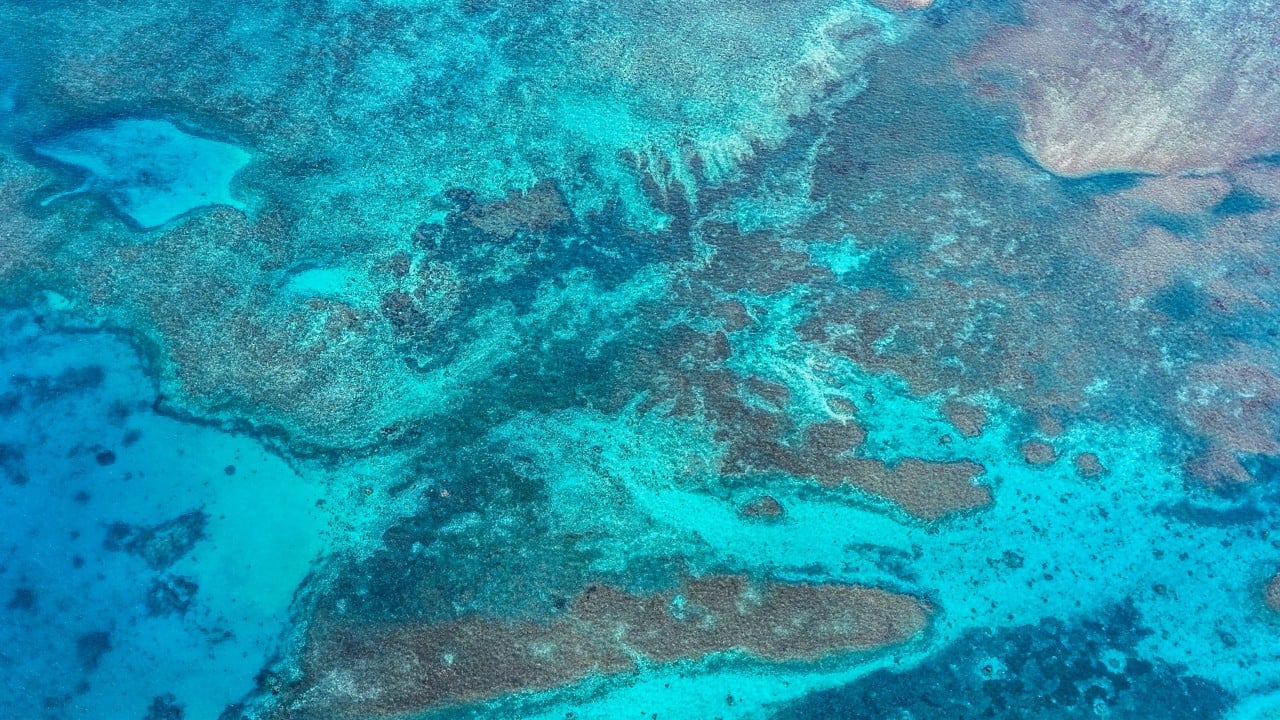China’s decision to establish a national nature reserve at Scarborough Shoal – known as Huangyan Island in China and Panatag Shoal in the Philippines – has hit regional headlines as the plan involving the contested South China Sea feature swiftly became a diplomatic flashpoint.
Advertisement
Approved by China’s State Council and announced by the National Forestry and Grassland Administration, the plan covers some 3,500 hectares of ecologically sensitive reef and waters, divided into “core” and “experimental” zones. China frames it as part of efforts to protect biodiversity, ensure the sustainable use of marine resources and meet international conservation commitments.
The Philippines has formally lodged a diplomatic protest, describing it as an encroachment on its exclusive economic zone and sovereign rights. Filipino fishermen are anxious, worried about tighter restrictions on their traditional fishing grounds.
The United States has been quick to voice support for Manila, condemning what it described as “China’s destabilising plans” and a “coercive attempt” to advance claims inconsistent with the 2016 arbitral tribunal ruling. Meanwhile, observers in China speculate the new reserve could pave the way for more routine Chinese patrols around the shoal, using coastguard vessels, drones and aircraft.
A marine area designated as a nature reserve under Chinese law is broadly equivalent to what is known internationally as a marine protected area – the establishment of which is a growing global trend. Supporters see the move to protect Scarborough Shoal’s fragile reef as evidence of Beijing’s readiness to assume its environmental responsibilities and integrate ecological priorities into maritime governance.
Advertisement
In the South China Sea region, government reactions vary. None of the other claimant states – Vietnam, Malaysia, Indonesia and Brunei – has made any official statement. The silence may reflect caution: jurisdictional implications aside, ecological protection is a goal hard to oppose.

